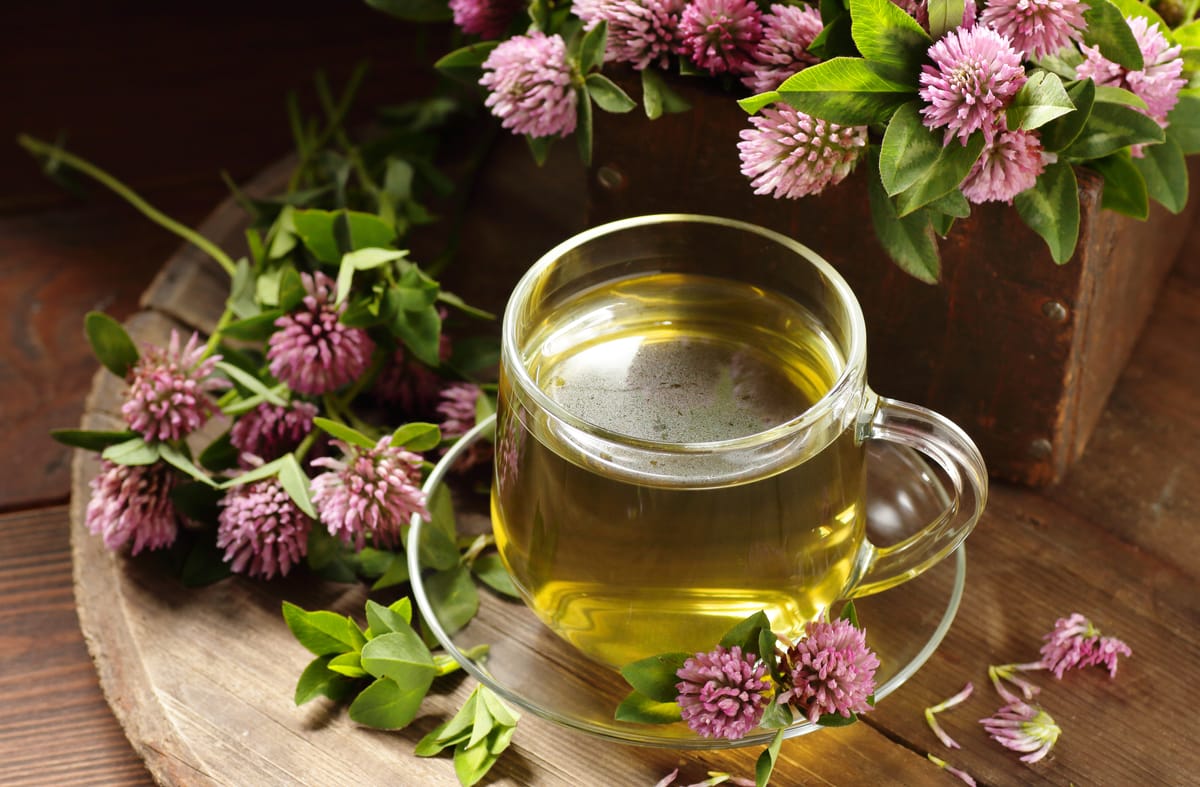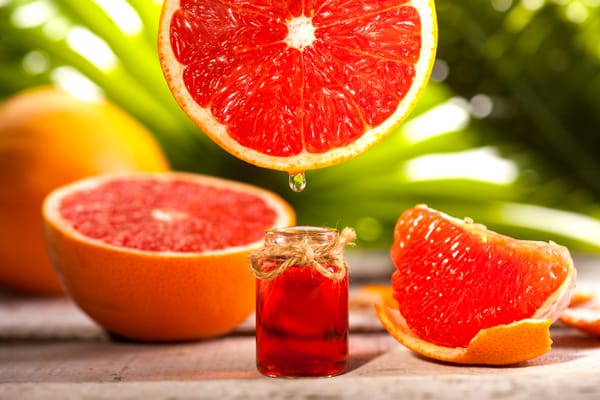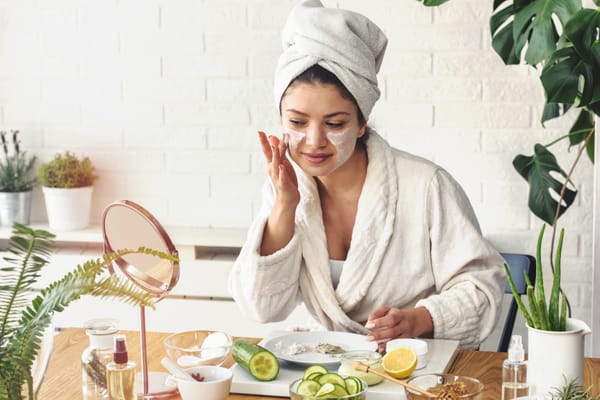How to Make Red Clover Tea: A Soothing Herbal Brew
Learn how to make red clover tea, a delightful herbal infusion with potential health benefits. Discover the simple steps to brew this soothing tea at home.

Hey there, tea lovers! Ready to add a new herbal brew to your repertoire? I'm talking about the pretty pink infusion known as red clover tea. This sweet and earthy tea isn't just easy on the eyes - it's packed with potential health perks too.
Sipping on red clover tea is a tradition that dates back centuries, from the ancient Chinese to Native American healers. And the best part? You can easily make this comforting herbal beverage right in your own kitchen, no fancy gadgets needed. Just round up a few basic ingredients and you'll be on your way to enjoying a warm cup of red clover goodness.
Brewing the perfect cup of red clover tea is easier than you think! Just follow my lead, and you'll be sipping on a delightful infusion in no time. Plus, I've got a few tricks to help you mix things up and keep your taste buds on their toes. Whether you're a tea connoisseur or a curious newbie, you'll be hooked after just one cup.
Table of Contents:
- What Is Red Clover Tea?
- How to Make Red Clover Tea
- Potential Side Effects and Precautions
- Where to Find Red Clover for Tea
- Conclusion
What Is Red Clover Tea?
Red clover tea is a delightful herbal infusion made from the vibrant blossoms of the red clover plant. It's a refreshing and naturally sweet beverage that's been enjoyed for centuries.
Benefits of Red Clover Tea
Red clover tea is more than just a tasty drink - it's packed with potential health benefits. The secret lies in the red clover isoflavones, which are plant compounds that mimic estrogen in the body. Studies suggest that these isoflavones may help reduce menopause symptoms like hot flashes and support bone health. Some research even hints that red clover could have anti-cancer properties, especially for breast cancer. But that's not all. Red clover is also rich in nutrients like calcium, chromium, magnesium, niacin, phosphorus, potassium, and vitamins B and C. It's like a whole garden of goodness in a cup. Personally, I've found that sipping on red clover tea helps me feel more balanced and energized. It's become a cherished part of my daily wellness routine.
History of Red Clover Tea
Red clover has a rich history as a medicinal herb. It's been used for centuries in traditional medicine systems around the world. In fact, red clover was a key ingredient in many classic herbal formulas, like the famous Essiac tea blend. This tea, which also includes herbs like burdock root and sheep sorrel, was popularized in the early 20th century as a natural cancer treatment. Red clover also has a long history of use in traditional Chinese medicine and by Native American healers. They valued it for its purifying properties and used it to treat respiratory issues, skin problems, and more. I find it fascinating to think about how this humble flower has been cherished for its healing properties for so long. It's like sipping on a cup of history and wisdom.
How to Make Red Clover Tea
Ready to brew up a batch of this beautiful herbal tea? Here's everything you need to know to make the perfect cup of red clover tea.
Ingredients Needed
The star of this tea show is, of course, red clover blossoms. You can use either fresh blossoms that you've harvested yourself or dried blossoms purchased from an herbal supplier. I love using fresh red clover when it's in season - there's something so special about crafting a tea with flowers you've picked yourself. But dried blossoms work wonderfully too and allow me to enjoy this tea year-round. You'll also need water, of course. I like to use filtered water for the purest taste. And if you'd like, you can include other ingredients like mint leaves, lemon, or honey to customize your tea.
Step-by-Step Instructions
Here's how to brew a perfect cup of red clover tea: 1. If using fresh blossoms, give them a quick rinse. If using dried blossoms, place about 1 tablespoon per cup of water into a tea infuser or directly into your teapot. 2. Boil your water. I like to use a traditional stovetop kettle, but an electric one works too. 3. Pour the boiling water over the red clover blossoms. Let your tea steep for a good 10-15 minutes so all the beneficial compounds can infuse into the water. 4. Strain out the blossoms, using a tea infuser or strainer. 5. If desired, add a touch of honey or a squeeze of lemon. I find a little honey really complements the naturally sweet, floral flavor of red clover. 6. Sit back, relax, and enjoy your cup of red clover goodness. I usually drink 1-3 cups of red clover tea per day. It's a wonderful way to take a moment for myself and nourish my body at the same time.
Variations and Additions
While red clover tea is delightful on its own, it also plays well with other flavors. Here are some of my favorite ways to spruce it up: - Add a handful of fresh mint leaves to your tea for a refreshing twist. Peppermint and spearmint both work beautifully. - Toss in a slice of lemon or a splash of lemon juice for a bright, citrusy note. - For a deeper, earthier flavor, try blending red clover with roasted dandelion root or chicory root. - Make a nourishing tea latte by steeping red clover blossoms in hot milk (dairy or plant-based) along with a cinnamon stick and a touch of vanilla. - Blend red clover with other floral herbs like rose petals, lavender, or chamomile for a fragrant, soothing tea. - Feeling creative? Use steeped red clover tea as the liquid in smoothies, oatmeal, or even when cooking grains like quinoa or rice. I encourage you to experiment and find the red clover combinations that delight your taste buds. The possibilities are endless.
Key Takeaway:
Red clover tea isn't just a soothing drink; it's packed with nutrients and has been used for centuries in traditional medicine. With its sweet, floral flavor, you can enjoy it on its own or jazz it up with mint, lemon, or honey. Brewing this tea is simple: steep fresh or dried blossoms in boiling water, then strain and savor.
Potential Side Effects and Precautions
Red clover is generally safe for most people, but it's not without its potential side effects and precautions.
Interactions with Medications
If you're taking any prescription medications, it's crucial to talk to your doctor before adding red clover tea to your routine. Red clover may interact with certain medications, especially blood thinners and hormone replacement drugs. The isoflavones can also mimic estrogen. I learned this the hard way when I started drinking red clover tea daily and noticed some unusual bruising. Turns out, it was interacting with my blood thinner medication. WebMD warns that red clover might increase the risk of bleeding, especially if you're on blood-thinning medications like warfarin or aspirin. It's not just blood thinners though. Red clover may also interact with:
- Birth control pills
- Hormone replacement therapy
- Tamoxifen and other medications for breast cancer
- Methotrexate and other medications for skin conditions like psoriasis
Bottom line: always consult with a doctor before using herbal remedies if you take prescription medications. Better safe than sorry.
When to Avoid Red Clover Tea
As beneficial as red clover tea can be, there are some situations where it's best to steer clear. Women who are pregnant or breastfeeding should avoid red clover tea unless approved by their doctor, due to its estrogenic activity. The same goes for children and teenagers. Those with hormone-sensitive conditions like endometriosis or cancers of the breast, ovaries, or uterus should also use caution with red clover. Some studies suggest the isoflavones in red clover may stimulate the growth of estrogen-dependent breast cancer cells. If you have a history of breast cancer or a family history of hormone-related cancers, talk to your oncologist before using red clover. Drinking red clover tea may also worsen some conditions like uterine fibroids, endometriosis, and uterine cancer. If you have any of these conditions, it's best to avoid red clover tea. While red clover is often used to relieve menopause symptoms like hot flashes, it's not right for everyone. I have friends who swear by it for managing their menopause symptoms, but I also know women who felt worse after drinking it regularly. As with any herbal remedy, it's important to listen to your body and discontinue use if you notice any adverse effects. When in doubt, always consult with a qualified healthcare practitioner.
Where to Find Red Clover for Tea
Ready to brew up a cup of red clover tea? Here's where you can find the star ingredient.
Harvesting Your Own Red Clover
One of the best things about red clover? It's easy to find and harvest yourself - and it's free. Red clover grows abundantly in fields, meadows, and along roadsides across North America, Europe, and Asia. You've probably seen it without even realizing it. The pretty pink and purple flowers are hard to miss, especially in the summer months. The blossoms are the part you want for tea. For best results, harvest the blossoms in the morning when they're fully open and before the sun gets too hot. Pinch or snip them off right below the flower head. Be sure to only harvest from areas you know haven't been sprayed with pesticides or other chemicals. Avoid roadsides and fields close to conventional farms. I like to bring a basket or paper bag to collect the blossoms. Gather enough to fill a quart jar - this will make about 20 cups of tea. Once you get home, spread the blossoms out on a clean towel or drying screen in a single layer. Let them air dry for a few days until they're crisp and crumbly. Store the dried blossoms in an airtight jar away from light and heat. They should keep for about a year.
Purchasing Dried Red Clover
If foraging isn't your thing, you can also purchase dried red clover blossoms from many health food stores and online herb suppliers. Look for organic, high-quality blossoms that are bright in color and fragrant. Avoid any that look brown, moldy, or smell musty. Mountain Rose Herbs and Frontier Co-op are two reputable sources for organic, sustainably harvested red clover blossoms. You can also find red clover tea bags at many health food stores and online retailers. Traditional Medicinals and Alvita are two popular brands. Just be sure to check the ingredients list and choose a tea that contains only red clover blossoms, without any added flavors or sweeteners. Whether you harvest your own red clover or purchase it dried, you'll be able to enjoy the many benefits of this powerful little flower. So go ahead and brew up a cup of red clover tea - your body will thank you.
Key Takeaway:
Before diving into red clover tea, chat with your doc if you're on meds. It might not mix well, especially with blood thinners or hormone treatments. Pregnant? Nursing? Have a history of hormone-sensitive conditions? Maybe skip this brew. Always listen to your body and stop if something feels off.
Conclusion
And there you have it - the simple steps to brew a delightful cup of red clover tea. From gathering those pretty pink blossoms to steeping them into a fragrant, soothing infusion, you're now a red clover tea pro.
Herbal tea isn't just a comforting drink – it's a treasure trove of potential health perks. From easing the transition through menopause to giving your skin a radiant boost, every sip is a step towards a healthier you. So go ahead, indulge in the goodness that's waiting in your cup.
Feel free to get creative with your red clover tea, too. Mix in some mint, lemon, or honey to customize the flavor. Or try it iced for a refreshing summer sip. The possibilities are endless!
You've mastered the art of brewing red clover tea, so why not treat your loved ones to a warm cup of this soothing herbal infusion? Gather your friends and family, put the kettle on, and let the sweet aroma of red clover fill the room as you share laughter and stories over a comforting mug of tea.




